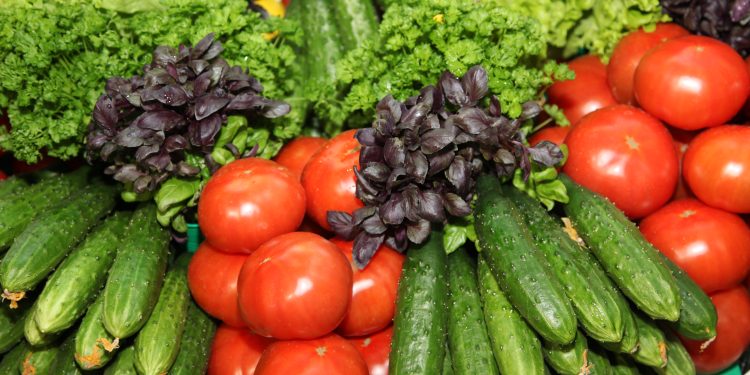#Greenhouses #Russia #Agriculture #FoodSecurity #ImportSubstitution #VegetableProduction
The greenhouse business in Russia is set to grow in the coming years, driven by import substitution of certain products and the expansion of greenhouse complexes in regions where they are necessary for food security. The total production volume of greenhouse vegetables will increase to 1.7 million tons by 2025. Experts predict active development of greenhouse vegetable farming in Russia. The Association “Greenhouses of Russia” presented these data at the IV Agricultural Forum-Exhibition “Greenhouse Industry – 2023” in April. According to the report, the total area of greenhouses in Russia will reach 3.28 thousand hectares by the end of 2023, and a new record harvest of 1.58 million tons of vegetables will be collected from these areas. The Association “Greenhouses of Russia” predicts an increase in the area of greenhouses to 3.4 thousand hectares by 2025, an increase in gross vegetable production in winter greenhouses to 1.7 million tons by 2025. At the same time, all vegetables imported into Russia will be replaced, and special attention will be paid to the development of the greenhouse business in the Far East regions, where it is a key component of ensuring food security for the population. Currently, according to the NGO “National Union of Fruit and Vegetable Producers,” Russia provides itself with greenhouse vegetables by 75%, while the remaining quarter of vegetables are imported. Tomatoes are traditionally imported from Azerbaijan, and cucumbers are supplied by China, Belarus, and Turkey.
Conclusion:
The greenhouse industry in Russia is set to grow in the coming years, driven by import substitution and the expansion of greenhouse complexes in regions where they are necessary for food security. The Association “Greenhouses of Russia” predicts an increase in the area of greenhouses to 3.4 thousand hectares by 2025, an increase in gross vegetable production in winter greenhouses to 1.7 million tons by 2025. This will lead to the replacement of all imported vegetables and the development of the greenhouse business in the Far East regions.












